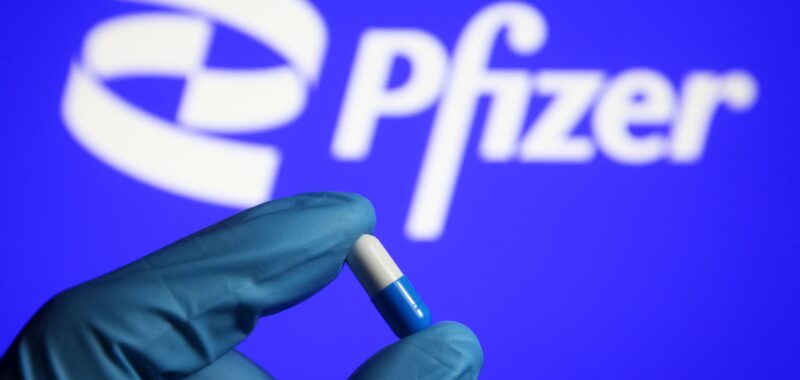Now could be a good time to start buying stocks with high dividend yields, according to BMO Capital Markets. The highest-paying S & P 500 stocks have significantly underperformed the index over the last year and a half, even with the rebound they’ve enjoyed in recent months, said chief investment strategist Brian Belski. Higher-for-longer interest rates have weighed on the group since investors have found attractive yields in the bond market. Those yields are expected to start falling as the Federal Reserve begins to cut interest rates . The market is pricing in a 100% probability of a cut during the central bank’s September meeting, according to the CME FedWatch Tool based on traders’ bets. “The relationship between these stocks and interest rates has been misunderstood in recent years and their significant underperformance was likely an overreaction by investors,” Belski wrote in a note July 30. “But with the Fed now likely to cut rates sooner than previously anticipated, the likely drop in longer-term yields in response should provide a boost, nonetheless.” BMO’s analysis of historical trends also shows that this type of underperformance is usually followed by an “impressive recovery,” he added. On top of that, the severity of the underperformance appears mismatched with the group’s fundamental underpinnings, Belski noted. Here are some of the high-paying names on BMO’s buy list. They are rated outperform by the firm’s analysts and fall within the top 25% of S & P 500 stocks by dividend yield. Two drugmakers were among those BMO believes will outperform. Pfizer has a 5.73% yield is up about 2% year to date, as of Tuesday’s close. The pharma giant’s second-quarter revenue and adjusted earnings handily beat expectations last week. The company, which benefited from its cost-cutting program and stronger-than-expected sales of its Covid antiviral pill, also raised its full-year outlook. Pfizer is also developing a once-daily version of its weight loss pill . In July, the company said it saw “encouraging” data in an early-stage study and plans to conduct more early-stage trials in the second half of the year. Meanwhile, shares of AbbVie have a 3.34% dividend yield and are up nearly 20% year to date. With its Humira drug now fighting generic competition, AbbVie has been looking to expand its pipeline. Last week, it closed on its $8.7 billion acquisition of Cerevel Therapeutics, which has a number of drugs in the pipeline to treat neurological and psychiatric conditions . In February, AbbVie completed its $10 billion acquisition of ImmunoGen, which develops cancer drugs. Among the utility names making the list are American Electric Power and Southern Company . The former has a 3.58% dividend yield, while the latter yields 3.33%. Utilities have been one of the best performing sectors of the S & P 500 this year thanks to expected demand for electricity to power artificial intelligence data centers. The sector is up about 16% year to date. Meanwhile, shares of American Electric Power have gained 21% so far this year, while Southern has rallied more than 23%. Real estate, on the other hand, is one of the worst performing S & P sectors year to date, up 4% compared to the S & P’s approximate 16% gain. BMO has been bullish on real estate investment trusts and believes the sector is poised for a turnaround. Two names on its list are Digital Realty Trust and Host Hotels & Resorts . Digital Realty Trust, which pays a 3.28% dividend yield, owns, develops and operates data centers â which are expected to see surging demand thanks to AI . Last week, the company reported core funds from operations for the second quarter that topped estimates, while its revenue missed expectations. Shares have gained about 10% year to date. Host Hotel & Resorts, which owns luxury and upper-upscale hotels, has a 4.92% dividend yield and is down 16% so far this year. The company’s second-quarter funds from operations came in slightly above estimates last week and its revenue was in line with expectations. However, the company lowered its full-year guidance for funds from operations and adjusted earnings before interest, taxes, and amortization.

